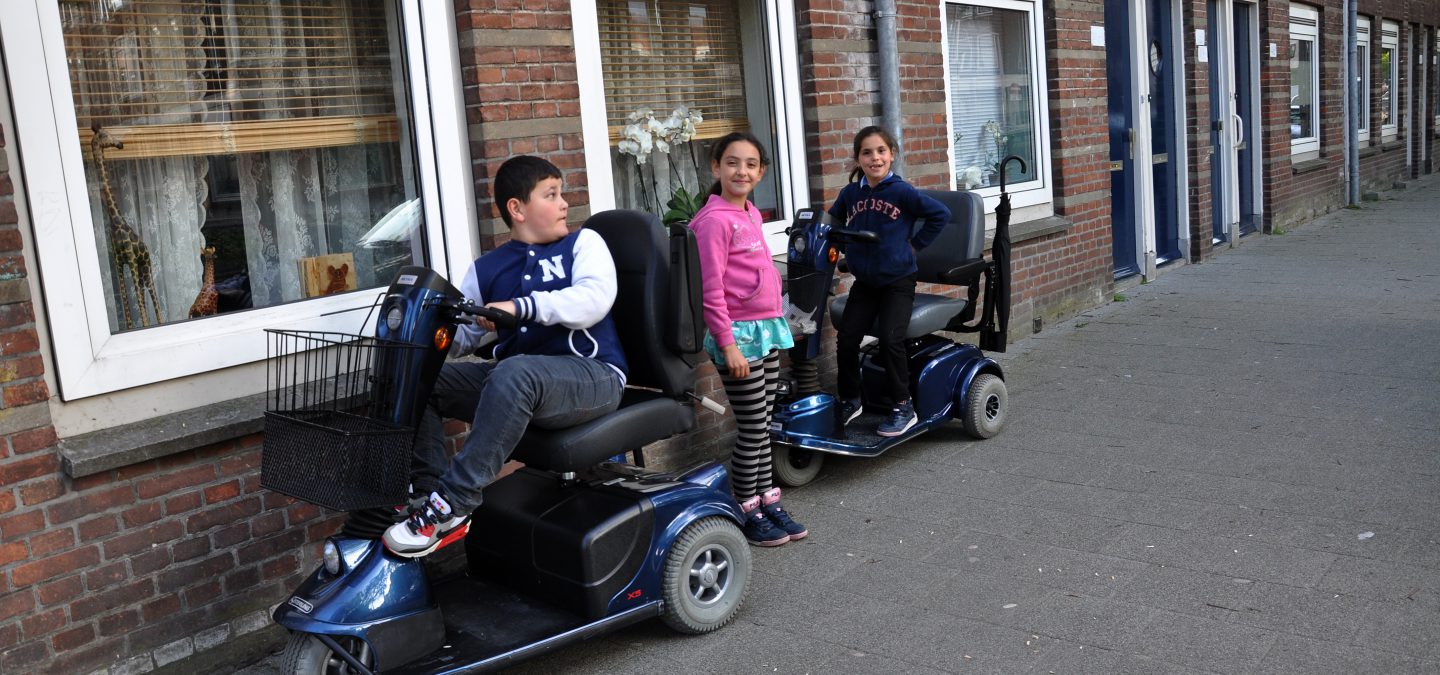
Keep up with our latest news and projects!

My experience with participatory art is based on art in public space and projects in socially deprived areas. The work ranges from temporary to permanent installations in public space (like play- and schoolyards), from Children’s Art and Theatre Festivals to educative, residential and exhibition projects. During the work processes with children I learned a lot about their world of experience and their ideas about public space and space in general.
Even so I was invited to work in other cities, Rotterdam – as my place of residence – allows me to deepen relations, to connect with the surrounding and to build up trust. That means my approach towards developing public spaces is based on the idea, to see oneself as part of a society in order to find common ground and thus to be able to develop design concepts.
These are the preconditions for which I will further explain in section 2.
My own ambition within these kinds of projects is to develop narratives that are strong enough to keep a society together. This includes key concepts like inclusion, integration and sustainability. The approach is related to Édouard Glissant’s concept of “Poétique de la Relation”. The concept stands for a human identity that is defined by the diversity of relationships rather than a person’s ethnic origin.
Key questions are:
– Which narratives are strong enough to emphasise the common?
– What holds a community together?
If I take the case of the neighbourhood Bloemhof, in Rotterdam, and we have a look at the population, we can see that almost 25% of the residents are under the age of 21. Young people are enlivening the atmosphere of the streets, with all advantages and disadvantages. At least in Bloemhof, the densely populated area is very restrictive to traffic. Community centres are being seen as an appropriate place to handle youths. The companies to deliver social work care changes every couple of years and not to mention the continuous change of social workers. This situation has an impact on the relationship of trust between children and so-called professionals. From my experience I perceive “street children” in Rotterdam as very socially aware between each other and playing on the street seems to help to strengthen social competences – the soft skills – of the children.
However, they are still young. Their parents say they are just allowed to play in the immediate surrounding, thus their scale of reference is still quite limited, and territorial thinking is very dominant.
These kinds of conditions are – at this specific place – my starting-point to find common ground in order to fulfil certain desires of the residents. One of these typical desires is simply to stand out from the surrounding.
From the beginning of 2012, I executed a number of long- and short-term projects in Rotterdam Bloemhof. The neighbourhood saw me as their spokesperson and mediator. I took note of their wishes and tried to give form to these wishes. I have to admit, in the beginning, I used the trial-and-error method. For example, when the neighbourhood and housing cooperation asked me to develop an idea for a facade of an old block of flats. By talking with children in the surrounding it turned out that they actually just knew traditional play yards, funfairs or theme parks. Therefore I wanted to refer to these positive associations of such places and I chose an installation with distorting mirrors. However, I couldn’t foresee how important the mirrors would become for the children. The distorting mirrors are placed close to a school and they became part of the morning ritual of children on their way to school. They laughed, talked and fought against their own distorted mirror images. The most astonishing fact was that the installation did not become a victim of vandalism.
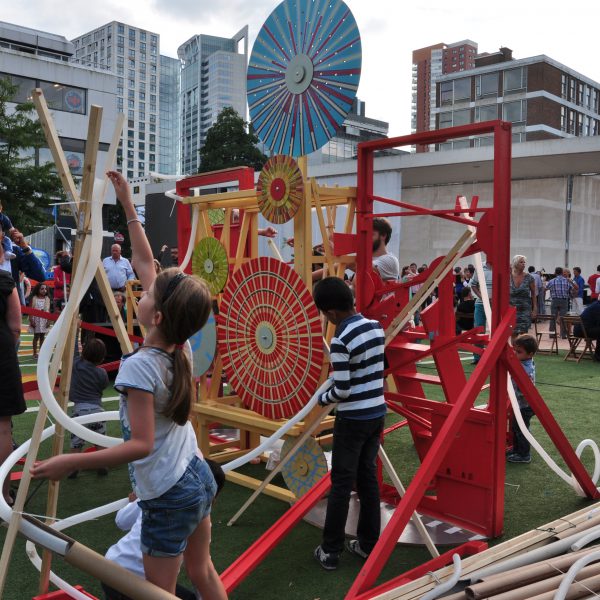
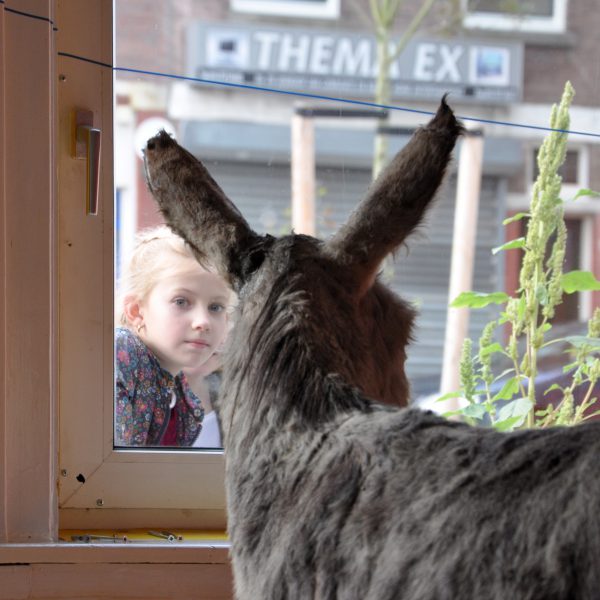
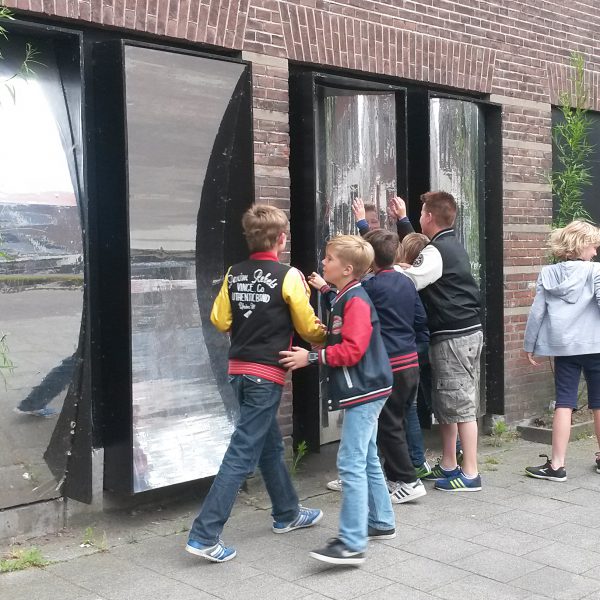
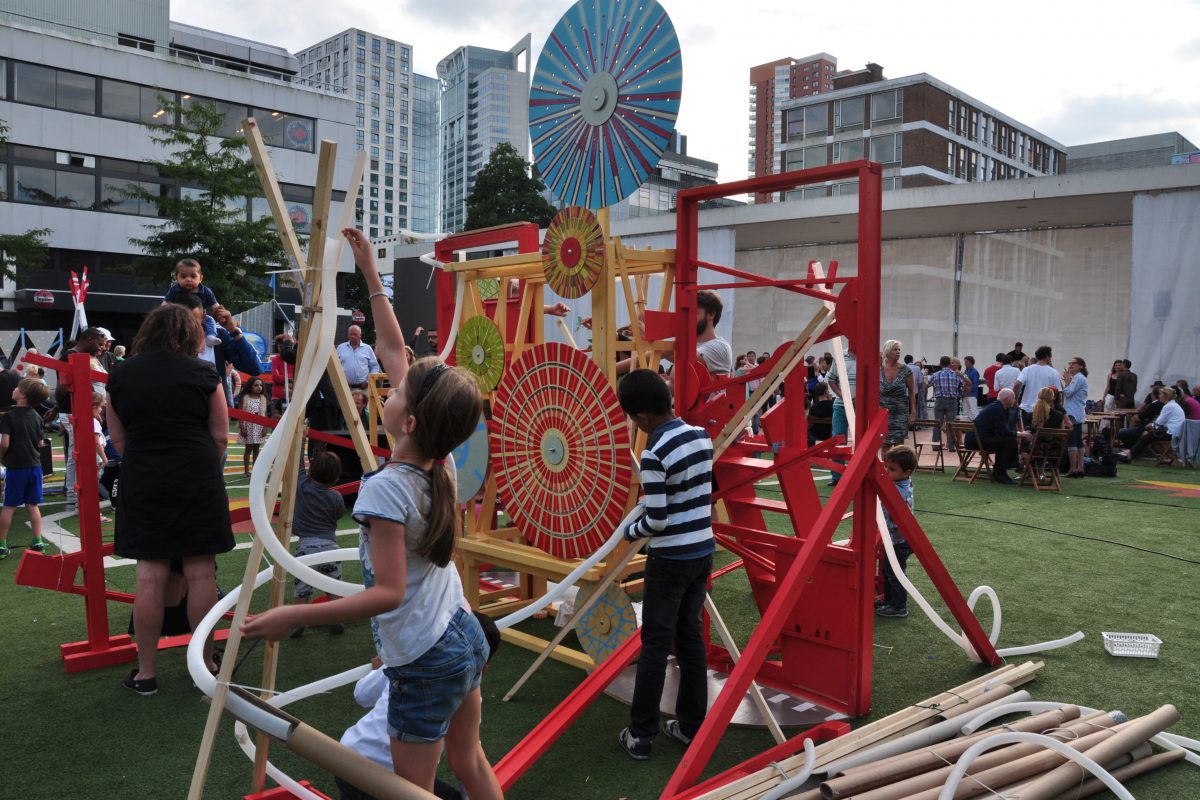
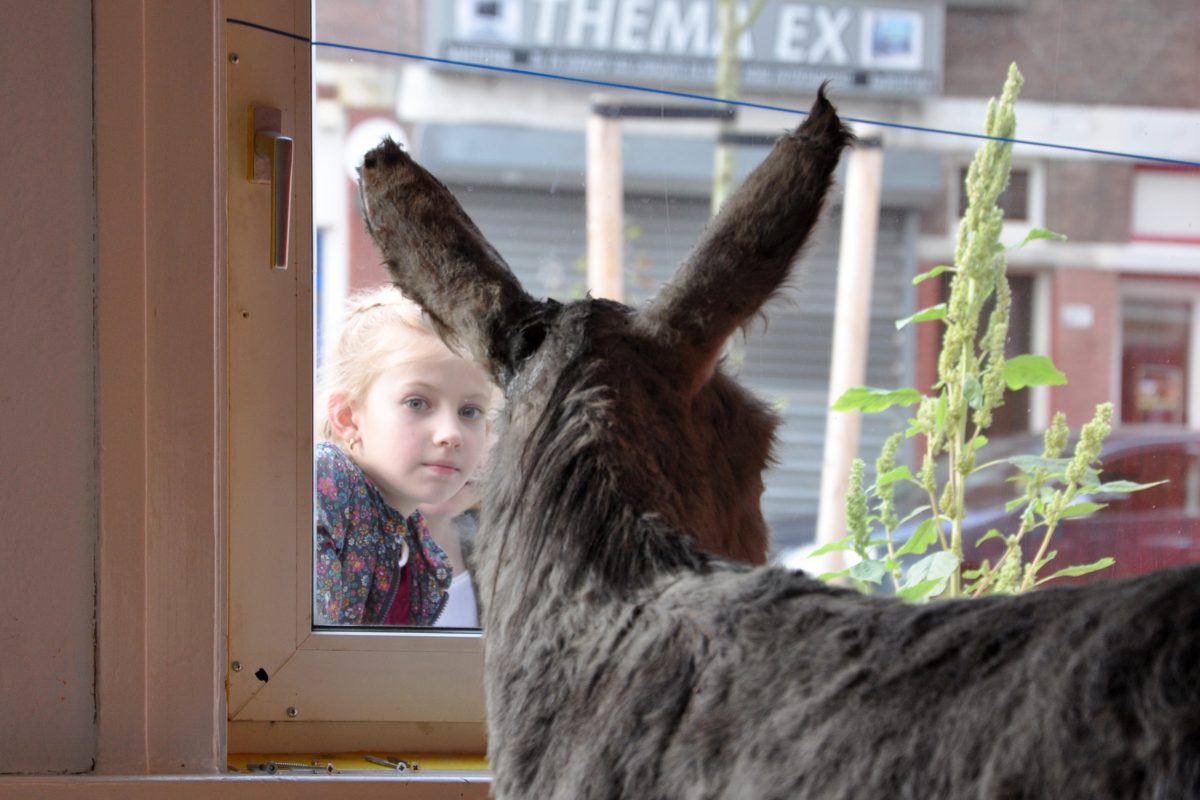
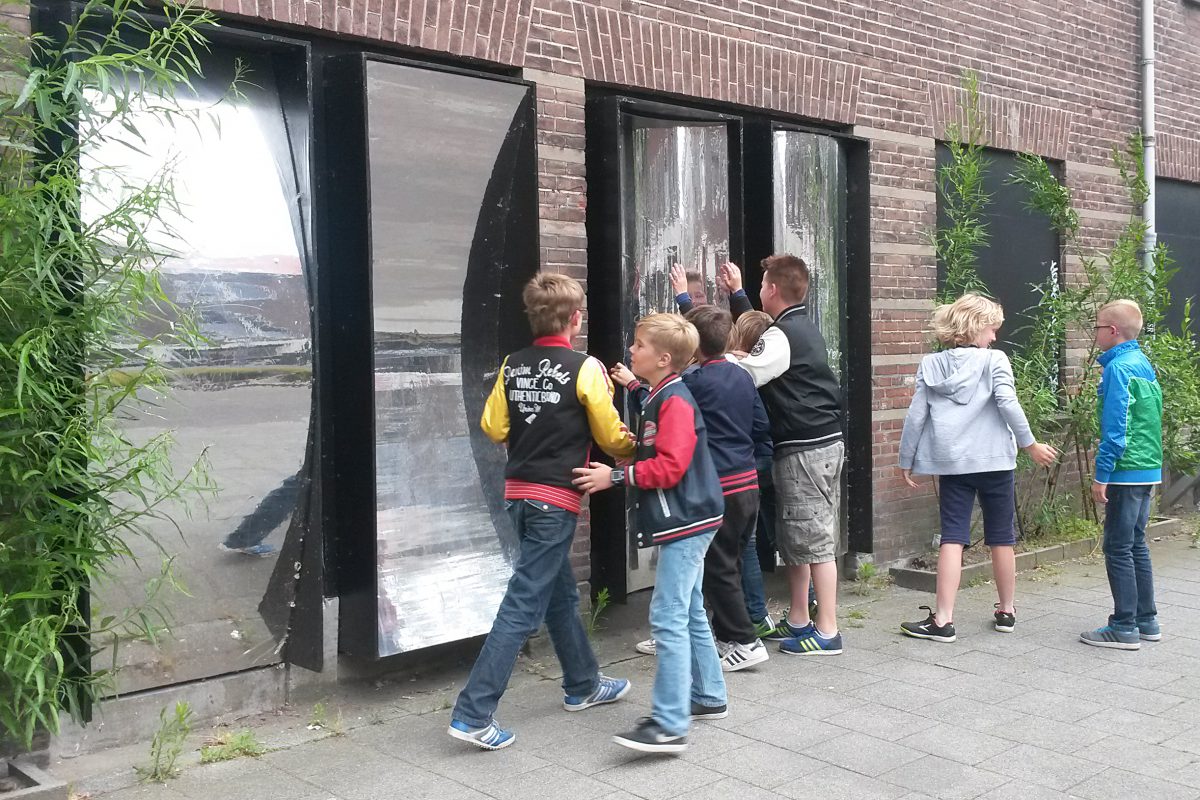
Projects like the design of a schoolyard are much more complex and the process is based on the principles of co-creation between the school, pupils, residents, community, experts and artist.
In such a case the artist is designer, mediator and coordinator of the process to reach a satisfactory result.
Every step in the process is well documented and the ideas are well visualised with drawings and scale models in order to facilitate the communication.
As a conclusion, I would like to state, that the most crucial point is not the question of how to engage youth, but how to involve oneself in a respectful way to a community. It is not about creating the right recipes, but about asking the right questions and being able to relate to the local conditions. In my vision, the design should add a narrative that is strong enough to emphasise the common goal and to keep a community together.
It is not about perceiving youth and children as something beyond us, because we all can remember how we played when we were young. We can all remember our own puerile visions for adventure, freedom, but also safety. The challenge is to understand the world as an entity and the world of children as part of it. Such an aim is impossible to realise without conflicts. For me personally, the biggest challenge was to deepen my social skills – soft-skills – in order to learn to deal with conflicts and see conflicts as a driving force for co-creation.
This article belongs to a series of stories about the city at eye level for kids! You can access the full book online in PDF or pre-order your hardcopy to be delivered to your home.
Get your book here